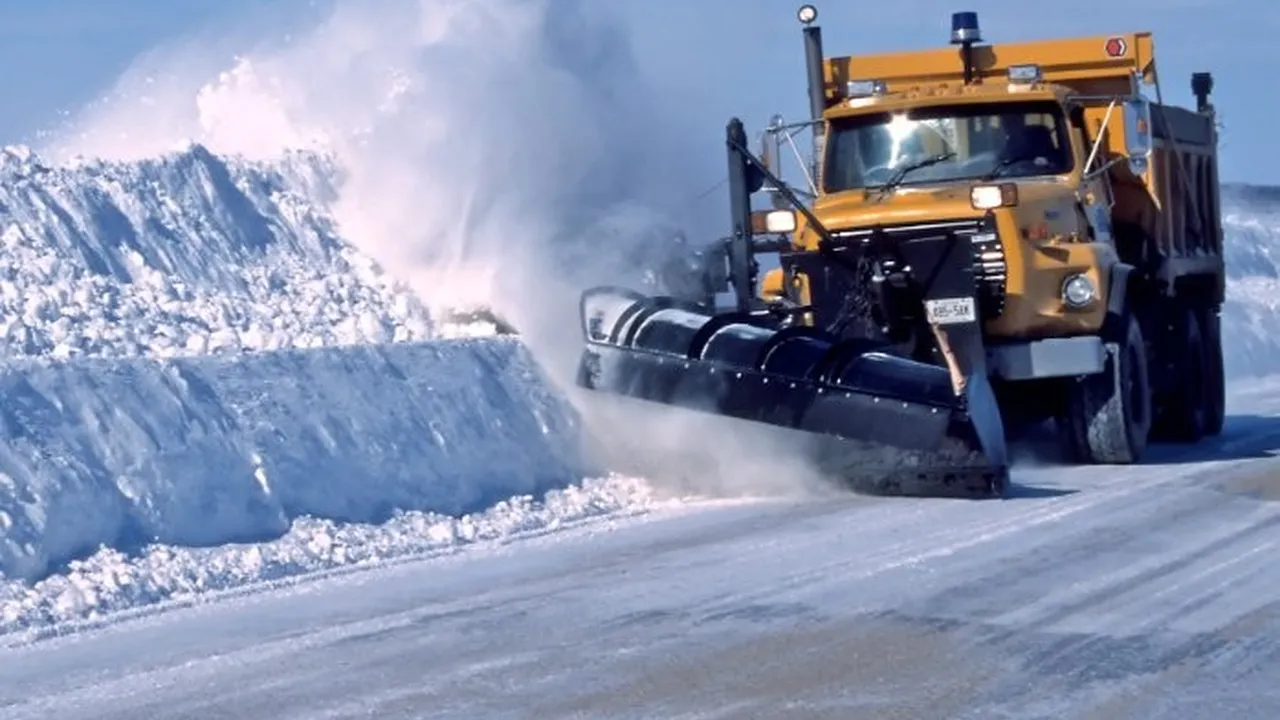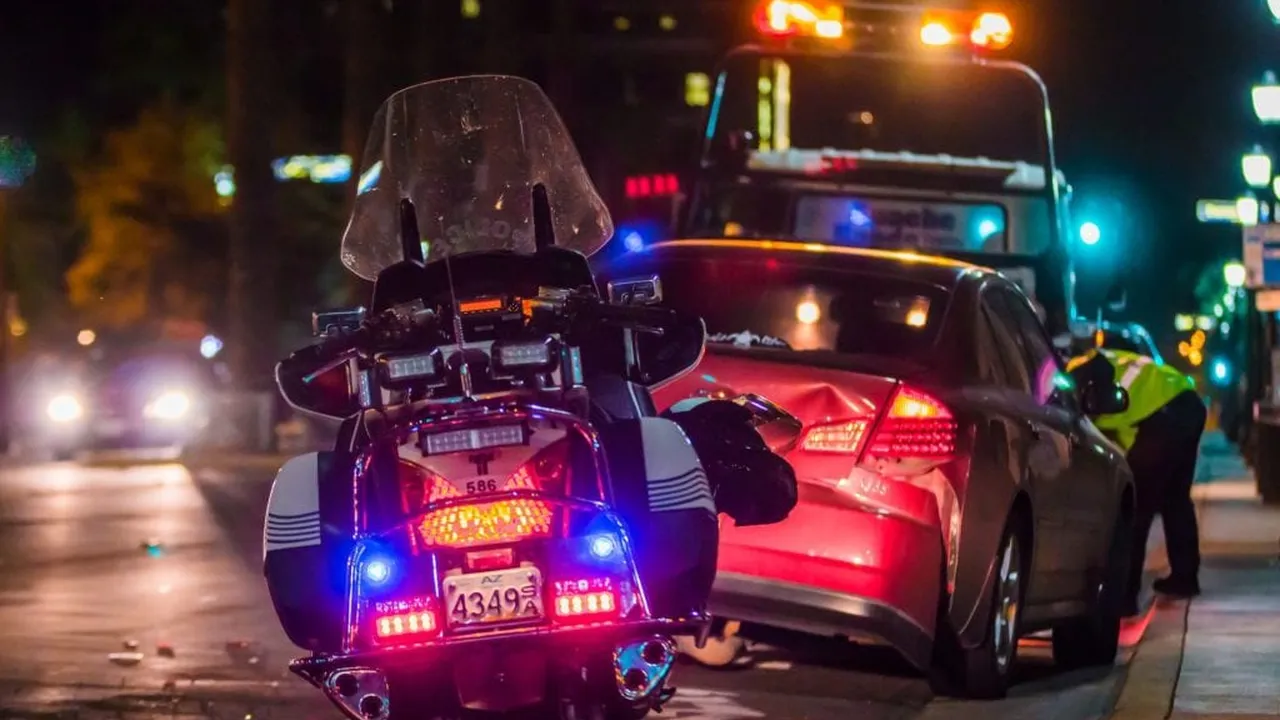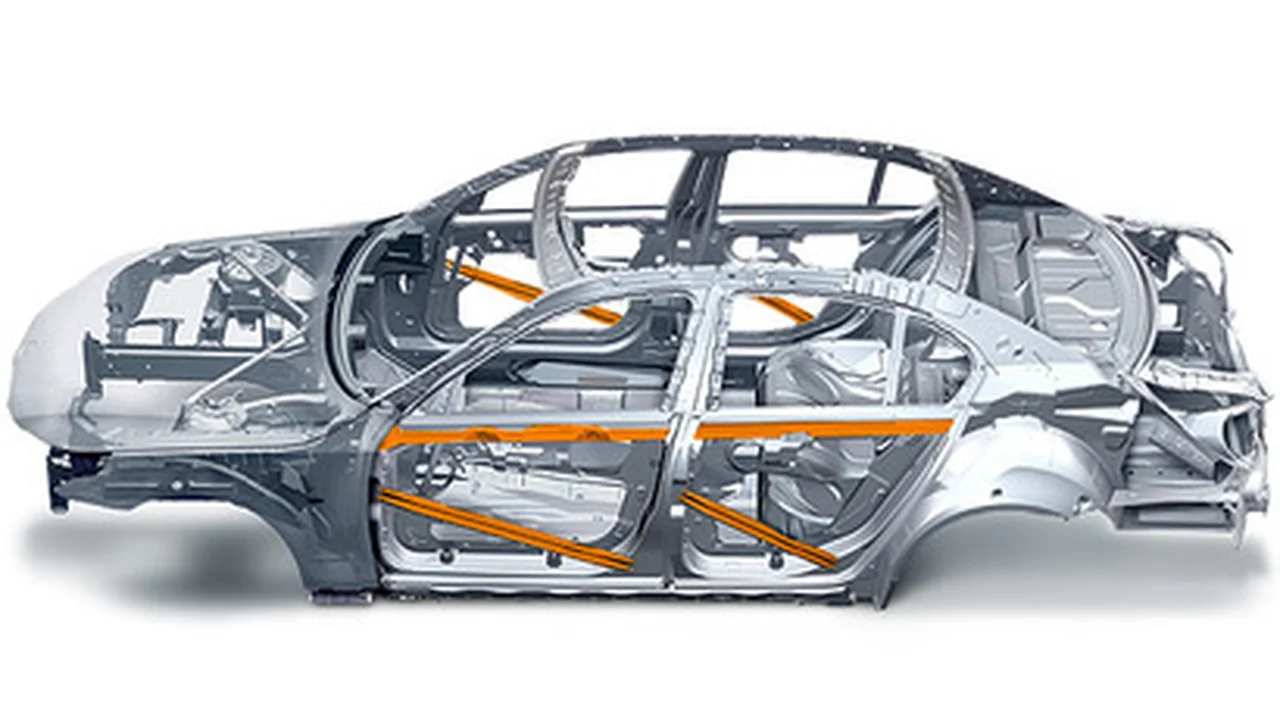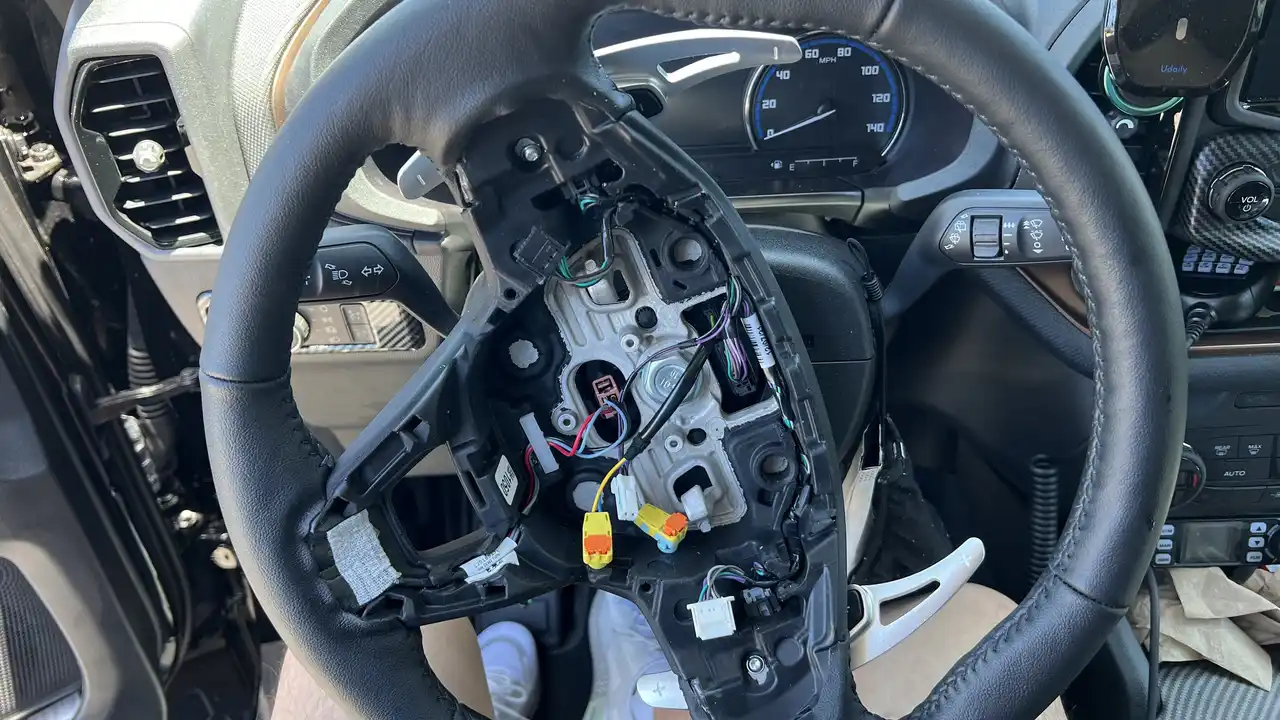Sharing the Road Safely with Motorcycles and Bicycles
Sample meta description.
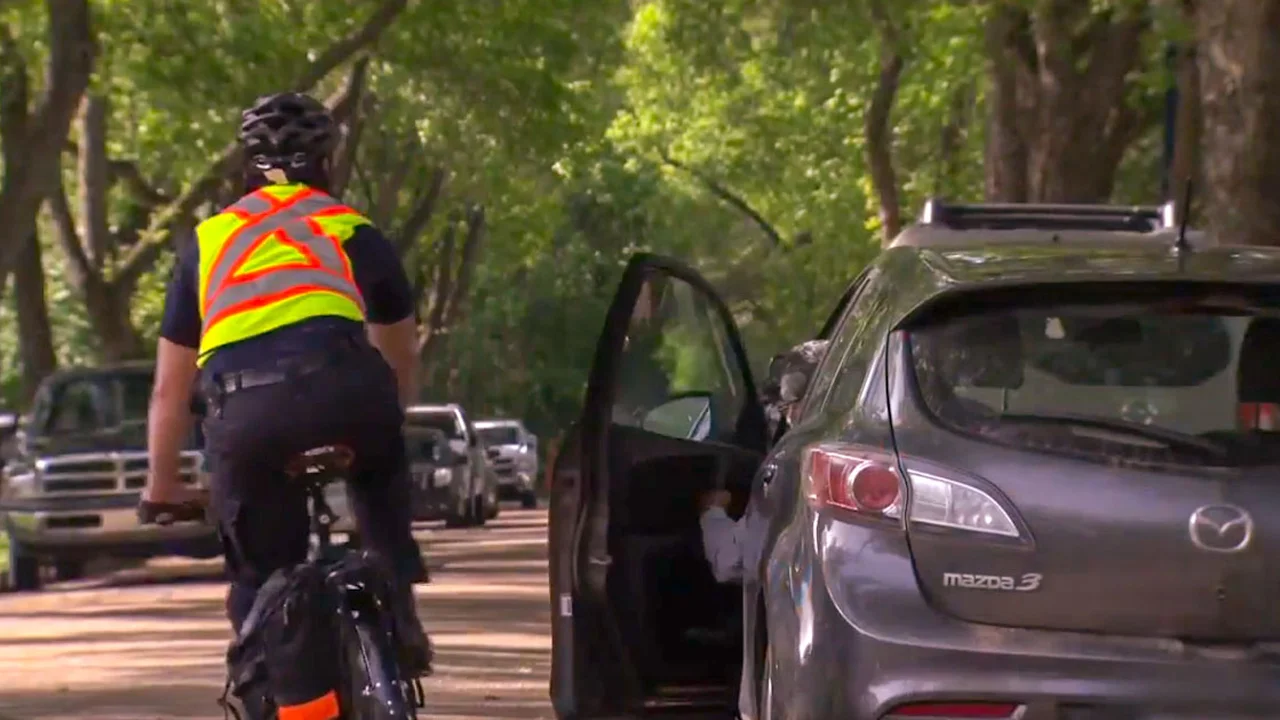
Understanding the Risks Motorcyclists and Cyclists Face: A Driver's Perspective
Hey everyone, let's talk about something super important: sharing the road safely with our two-wheeled friends – motorcyclists and cyclists. As drivers, we're often in a bigger, faster vehicle, which means we have a HUGE responsibility to be extra cautious around these guys. They're way more vulnerable than we are, and a mistake on our part can have devastating consequences. Think about it: no metal cage, no crumple zones, just them and the open road. So, let's dive into understanding the unique challenges they face and how we can be better road-sharing partners.
One of the biggest things to remember is *visibility*. Motorcycles and bicycles are smaller and can easily get lost in our blind spots. That's why checking those blind spots religiously, especially when changing lanes or making turns, is absolutely crucial. Imagine trying to merge onto the highway and not seeing a motorcycle zipping along in the next lane – scary, right? Also, keep an eye out for them at intersections. They might be obscured by other vehicles or even just blend into the background. A quick head check can make all the difference.
Another factor is *speed and distance*. Motorcycles accelerate and decelerate differently than cars. They can often be quicker off the line but might need more distance to stop, especially in wet conditions. Cyclists, on the other hand, are often slower and might need more space to maneuver around obstacles or potholes. So, give them plenty of room when passing, and avoid tailgating them. Think of it this way: would you want a massive SUV riding your bumper when you're on a bike? Probably not!
Finally, *awareness of road conditions* is key. Potholes, gravel, and even painted lines can be hazards for motorcycles and bicycles, causing them to lose control. Be mindful of these conditions and give them extra space to navigate them safely. If you see a cyclist swerving to avoid a pothole, don't honk or get impatient – just give them some room and let them do their thing.
Essential Safe Driving Techniques Around Motorcycles and Bicycles: Proactive Measures for Accident Prevention
Okay, so we understand the risks. Now, let's talk about some concrete things we can do to be safer drivers around motorcycles and bicycles. This isn't just about avoiding accidents; it's about creating a safer and more enjoyable road environment for everyone.
First and foremost: *be predictable*. Use your turn signals well in advance of making a turn or changing lanes. Don't make sudden maneuvers that could surprise a motorcyclist or cyclist. Clear communication is key on the road, and your turn signals are your primary tool for conveying your intentions. Think of it as speaking the same language as everyone else.
Next up: *maintain a safe following distance*. The "three-second rule" is a good starting point, but consider increasing it in bad weather or when following a motorcycle or bicycle. Remember, they might need more time to react to hazards. Giving them extra space gives you more time to react too, creating a buffer zone for everyone's safety.
Another crucial technique: *check mirrors and blind spots frequently*. Don't just rely on a quick glance. Really take the time to scan your surroundings before making any move. Motorcycles and bicycles can appear suddenly, especially in busy traffic. A thorough check could prevent a near miss or worse.
And finally: *be aware of the "door zone"*. When parking on the street, always check for cyclists before opening your door. "Dooring" a cyclist – opening your car door into their path – is a common cause of accidents and can result in serious injuries. Take a quick look in your side mirror and over your shoulder before opening the door, even if you think there's no one around.
Gear Up for Safety: Recommended Products for Enhanced Visibility and Protection for Motorcyclists and Cyclists
Now, let's shift gears and talk about some gear that can enhance safety for both motorcyclists and cyclists. These aren't just accessories; they're investments in your well-being and can significantly reduce your risk of accidents.
For Motorcyclists:
- Helmet: Obviously, a non-negotiable. The Shoei RF-1400 ($550-$650) is a top-rated full-face helmet known for its excellent ventilation, comfort, and impact protection. The Bell Qualifier DLX MIPS ($150-$200) is a more budget-friendly option with MIPS (Multi-directional Impact Protection System) technology. The Shoei is great for long rides and offers superior noise reduction, while the Bell is perfect for everyday commuting and offers excellent value. Consider the environment you'll be riding in: hot weather calls for better ventilation, while colder weather demands better insulation.
- Jacket: A good riding jacket provides abrasion resistance and impact protection. The Alpinestars GP Plus R V3 Rideknit Leather Jacket ($500-$600) is a premium leather jacket with excellent protection and airflow. For a textile option, the REV'IT! Eclipse Jacket ($150-$200) is a lightweight and breathable option for warmer weather. Leather offers superior abrasion resistance in a crash, while textile jackets are often more comfortable and versatile. Think about the type of riding you do: sport riding demands more protection, while touring requires more comfort.
- Gloves: Protect your hands in a fall. The REV'IT! Sand 4 Gloves ($100-$120) are versatile adventure gloves suitable for various conditions. The Alpinestars SMX-1 Air V2 Gloves ($80-$100) are lightweight and breathable for warmer weather. Leather gloves offer better protection, while textile gloves are often more comfortable. Consider the level of protection you need: racing gloves offer maximum protection, while commuting gloves prioritize comfort and dexterity.
For Cyclists:
- Helmet: Again, essential. The Giro Agilis MIPS ($85-$110) is a popular and comfortable helmet with MIPS technology. The Specialized Align II ($50-$60) is a more affordable option with good ventilation. The Giro offers a more refined fit and better ventilation, while the Specialized is a great value for the price. Consider the type of riding you do: road cycling helmets are lightweight and aerodynamic, while mountain biking helmets offer more coverage and protection.
- Lights: Increase visibility, especially at night. The Cygolite Hotshot Pro 80 ($40-$50) is a powerful rear light with multiple modes. The NiteRider Lumina Micro 900 ($60-$70) is a bright front light for seeing and being seen. The Cygolite is known for its long battery life and bright output, while the NiteRider offers a wide beam pattern. Consider the environment you'll be riding in: urban riding requires brighter lights, while rural riding might benefit from longer battery life.
- Reflective Clothing: Make yourself more visible to drivers. A high-visibility vest ($15-$25) is a simple and effective way to increase your visibility. Consider reflective jackets and pants for even better visibility, especially in low-light conditions. Brighter colors and more reflective material increase your visibility. Consider the weather conditions: waterproof reflective gear is essential for rainy days.
Navigating Intersections Safely: Specific Scenarios and Best Practices for Drivers, Motorcyclists, and Cyclists
Intersections are often the most dangerous places on the road, especially when motorcycles and bicycles are involved. Here's a breakdown of specific scenarios and best practices for navigating these tricky areas safely:
Scenario 1: Left Turns Across Traffic
This is a common cause of motorcycle and bicycle accidents. Drivers often misjudge the speed of an oncoming motorcycle or bicycle, or simply don't see them at all. Driver's Responsibility: *Never* assume you have enough time to make a left turn. Wait until you have a clear and unobstructed view of oncoming traffic, and be absolutely certain that you can complete the turn safely. Give motorcycles and bicycles extra space and time. Motorcyclist/Cyclist's Responsibility: Be extra cautious when approaching intersections, especially when you see cars waiting to turn left. Make yourself as visible as possible by wearing bright clothing and using your lights. Be prepared to brake or take evasive action if necessary.
Scenario 2: Right Turns on Red
Drivers often focus on looking for cars when turning right on red and may not see a cyclist approaching from the right. Driver's Responsibility: Always check for cyclists before turning right on red, even if you think the coast is clear. Look twice! Cyclist's Responsibility: Be aware that drivers might not see you when turning right on red. Approach intersections cautiously and make eye contact with drivers if possible.
Scenario 3: Merging onto the Highway
Motorcycles can be difficult to spot when merging onto the highway. Driver's Responsibility: Check your blind spots carefully before merging onto the highway. Be aware that motorcycles can accelerate quickly and might be approaching faster than you think. Motorcyclist's Responsibility: Be aware of cars merging onto the highway and adjust your speed and position accordingly. Make yourself visible by using your lights and wearing bright clothing.
Scenario 4: Roundabouts
Roundabouts can be confusing for drivers, especially when motorcycles and bicycles are present. Driver's Responsibility: Yield to traffic already in the roundabout. Be aware of motorcycles and bicycles entering or exiting the roundabout. Motorcyclist/Cyclist's Responsibility: Enter the roundabout cautiously and signal your intentions clearly. Be aware of cars entering or exiting the roundabout.
The Impact of Distracted Driving on Motorcycle and Bicycle Safety: Staying Focused Behind the Wheel
Distracted driving is a HUGE problem on our roads, and it's especially dangerous for motorcyclists and cyclists. When we're not fully focused on the task of driving, we're more likely to miss seeing a motorcycle or bicycle, misjudge their speed, or make a sudden maneuver that puts them at risk. Let's be real: texting, eating, fiddling with the radio – these things can wait. Your attention needs to be on the road, period.
Think about it: a split second of distraction can be all it takes to cause an accident. That text message isn't worth someone's life. So, put your phone away, silence notifications, and focus on driving. If you need to make a call or send a text, pull over to a safe location first. It's not worth the risk to yourself or others.
And it's not just about cell phones. Anything that takes your attention away from the road is a distraction. That includes eating, drinking, adjusting the radio, or even talking to passengers. Be mindful of these distractions and minimize them as much as possible. If you're feeling tired or stressed, pull over and take a break. It's better to arrive late than to not arrive at all.
Remember, driving is a privilege, not a right. We all have a responsibility to be safe and attentive drivers, especially when sharing the road with vulnerable road users like motorcyclists and cyclists. By staying focused behind the wheel, we can help prevent accidents and create a safer road environment for everyone.
Weather Conditions and Motorcycle/Bicycle Safety: Adjusting Driving Habits for Rain, Wind, and Low Visibility
Weather conditions can significantly impact motorcycle and bicycle safety. Rain, wind, and low visibility all present unique challenges that require us to adjust our driving habits accordingly. Let's take a look at how to handle these conditions safely:
Rain: Rain reduces visibility and traction, making it more difficult to see motorcycles and bicycles and increasing the risk of skidding. Driver's Responsibility: Slow down, increase your following distance, and be extra cautious when making turns. Be aware that motorcycles and bicycles might need more time to brake in wet conditions. Use your headlights to improve visibility. Motorcyclist/Cyclist's Responsibility: Wear rain gear to stay dry and improve visibility. Use your lights and wear bright clothing. Be extra cautious when braking and cornering.
Wind: Wind can make it difficult for motorcyclists and cyclists to control their vehicles, especially in crosswinds. Driver's Responsibility: Be aware of the wind and give motorcycles and bicycles extra space. Avoid sudden maneuvers that could create a wind gust. Motorcyclist/Cyclist's Responsibility: Be aware of the wind and adjust your speed and position accordingly. Be prepared for sudden gusts of wind.
Low Visibility (Fog, Dusk, Dawn): Low visibility makes it more difficult to see motorcycles and bicycles. Driver's Responsibility: Use your headlights and fog lights. Slow down and increase your following distance. Be extra cautious when making turns. Motorcyclist/Cyclist's Responsibility: Use your lights and wear bright clothing. Be extra cautious when approaching intersections.
The key takeaway here is to be prepared and adjust your driving habits to the conditions. Don't assume that motorcycles and bicycles can handle adverse weather conditions as easily as cars. Give them extra space, be extra cautious, and always be aware of your surroundings.
:max_bytes(150000):strip_icc()/277019-baked-pork-chops-with-cream-of-mushroom-soup-DDMFS-beauty-4x3-BG-7505-5762b731cf30447d9cbbbbbf387beafa.jpg)



